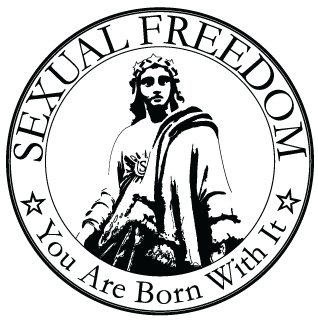race
-
The Sexual Freedom Project: What is Class?
•
1 min read
(También en Español) [pexyoutube pex_attr_src=”http://www.youtube.com/watch?v=nGwNFRsJS94″ pex_attr_width=”500″][/pexyoutube] Let us know what’s on your mind. How have you deconstructed class, and what have you learned as it relates to your sexual orientation or gender expression? Do you agree or disagree that subjects of race, socio-economics, class/privilege, and oppression must be addressed together to achieve understanding and acceptance…
-
Going Live: espanol.venusplusx.org and venusmasx.org
•
3 min read
También en español Having been a bilingual site since last fall, VenusPlusX is now gradually rolling out its new all-Spanish site, espanol.venusplusx.org (o, en español, venusmasx.org) — our continuing gift to the worldwide Spanish-speaking community, side by side with our now all-English site, venusplusx.org. Our round seal, in English and Spanish, portrays “Columbia,” The Statue of…
-
It’s just hair! Right?
•
4 min read
Editor’s note: This post was written by one of our interns, Jamor Gaffney. It was the summer before I began 5th grade when I got my first relaxer. I was curious, nervous, and unsure of whether I was making the right decision. Not because of what I now understand to be a deeply rooted, oppressive…
